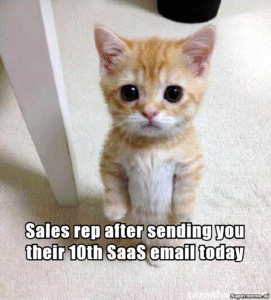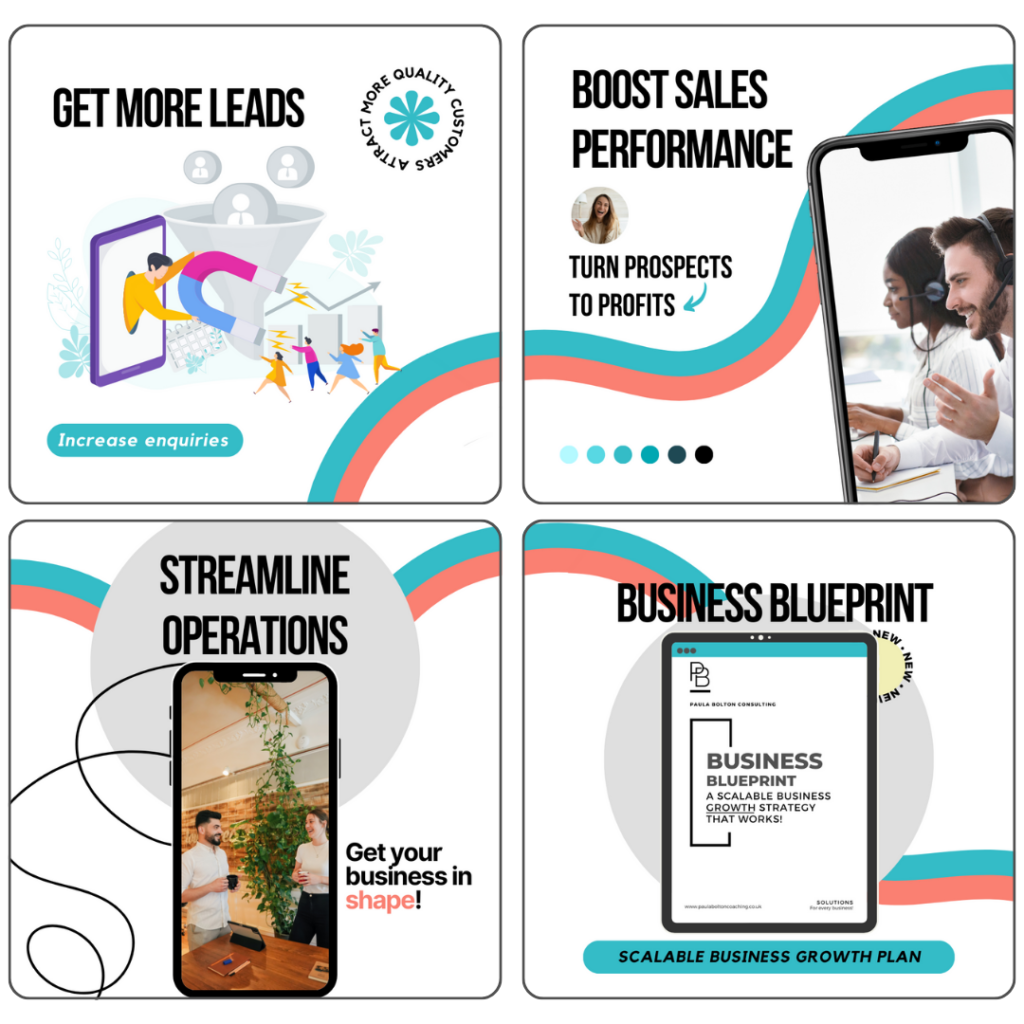Customer-centred selling is how you stay relevant when buyers are sceptical, overloaded, and allergic to anything that feels like a pitch.
If your process still sounds like a one-way broadcast, you’re not selling, you’re just adding to the noise.
You can have the slickest pitch deck in the UK, but if it doesn’t match the way your buyer thinks, it’s not selling, it’s just… broadcasting.
Buyers today are more sceptical, more distracted, and frankly, more done with salespeople who sound like they’re reading off a training manual from 2011.
So let’s talk about selling in a way that actually works, the way that feels customer-centred, grounded in the psychology of sales, and tailored to how buyers make decisions.
1. Buyers don’t think in features, they think in frustrations
You say:
“It integrates with 11 platforms, has a 99.9% uptime and built-in AI tagging.”
They hear:
“Blah blah jargon buzzword bingo.”
The thing is, buying isn’t logical, it’s emotional. People don’t wake up craving features, they want something to stop being annoying.
📊Harvard says 95% of decisions are made subconsciously, emotion first.
Start your discovery calls with real, human questions:
“What’s genuinely driving you up the wall right now?”
“What’s the cost of letting this problem roll into next quarter?”
Because that’s where the sale is hiding, not in your product sheet.
Real-world move:
Use tools like Crystal Knows or Humantic AI to quickly gauge how your buyer prefers to communicate. It’ll save you from pushing logic at someone who buys based on gut.
2. They don’t want your product, they want relief
This one stings a bit.
No one’s sat at their desk thinking, “Gosh, I hope someone sells me a new SaaS dashboard today.”
What they are thinking is:
“I’m drowning in manual reports. My inbox has 600 unread. I haven’t had a lunch break in 3 weeks.”
They want less stress, more control, and maybe a bit of dignity back.

What to do instead:
Ditch the spec sheet. Say:
“We help ops leads get 10 hours of their week back.”
That’s relief. That’s what sells.
Real-world move:
Audit your email templates. If they start with “Our platform does…” rewrite it. Lead with outcomes, not outputs.
📊 Salesforce found 73% of B2B buyers expect personalised, outcome-focused interactions. Not features. Not fluff.
3. Collaboration > Control
UK buyers hate being ‘sold’ to. If your pitch sounds like a rehearsed TED talk, they’re already clicking away.
They want collaboration, not closing tactics. They want to feel like they’re making a smart, informed choice, not being steered.
👉 What to do instead:
Swap pressure for partnership:
“Here’s what’s worked for others in your shoes, would that be useful?”
Let them feel like they’re driving the process.
Real-world move:
Try the Challenge + Choice approach:
“Here’s the problem we often see…”
“Here are two routes we could explore, which feels more relevant?”
It’s less “buy now” and more “let’s figure this out together.”

4. Trust isn’t a slide.....it’s a pattern
Want to be the salesperson they remember (in a good way)? Be boringly reliable.
It’s not about being flashy. It’s about showing up. It’s the recap email sent when you said you’d send it. The follow-up that actually follows up.
📊 Edelman says 88% of B2B buyers put trust above price or product.
What to do instead:
Build a pattern they can trust. Not big promises. Just small, consistent actions.
Real-world move:
Use a simple checklist for every deal stage:
✅ Call booked
✅ Sent summary
✅ Asked permission to loop in others
✅ Followed up on pain points discussed
✅ Didn’t ghost them after the second call
It’s not rocket science. It’s good sales hygiene.
If you want sales that stick, customer-centred selling has to be your baseline, not your bonus.
Less “close the deal.” More “help them make a smart decision.”
Less pitch. More partnership.
Because at the end of the day, they’re not buying your thing, they’re buying clarity, relief, and someone who actually gets it.
And if that’s you? You’ll win the deal.
Ps – If any of this touched a nerve, hit the nail on the head, makes you think ….. “maybe these guys can help me” – head on over to our sales consultancy page to find out more.








